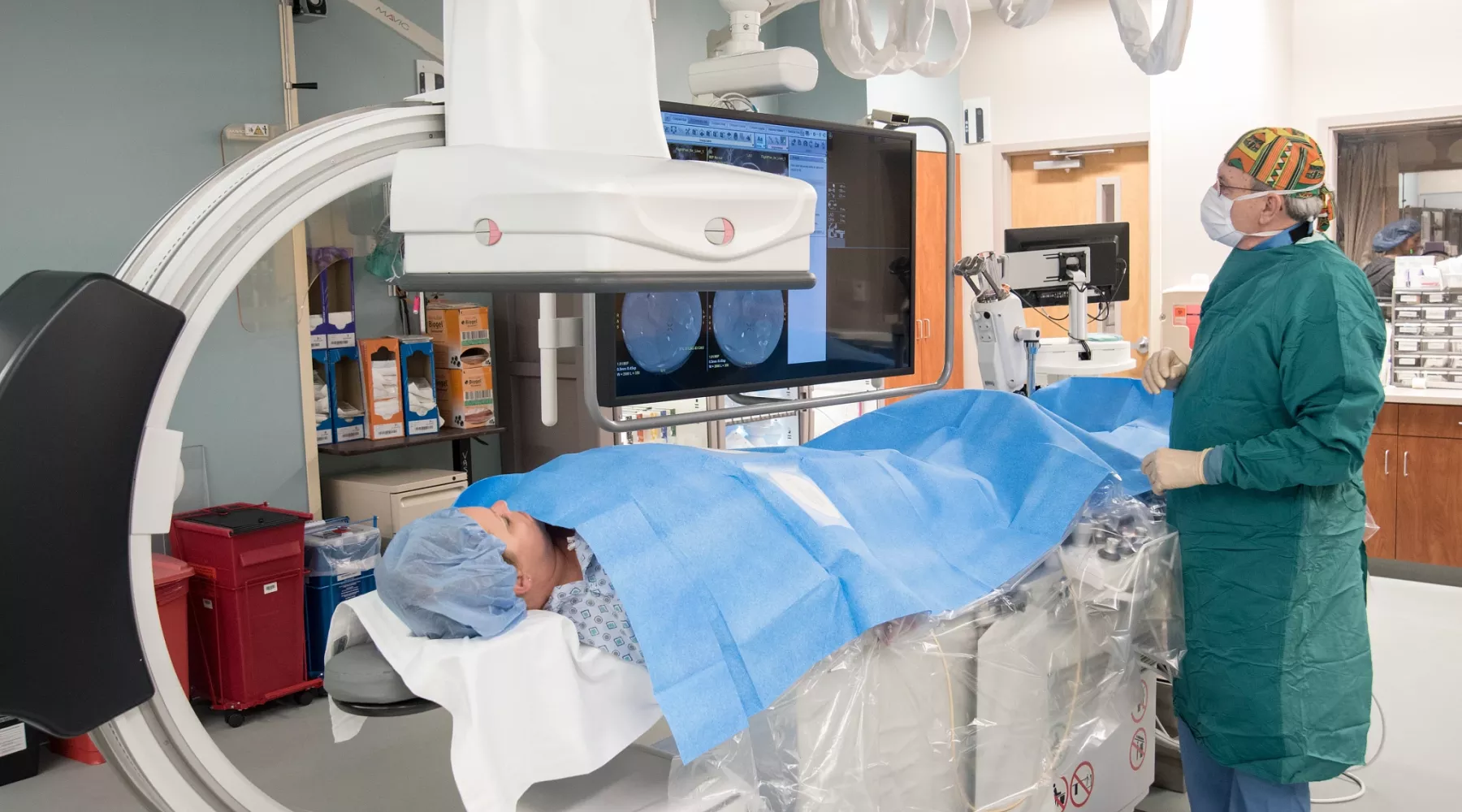
Research Laboratories
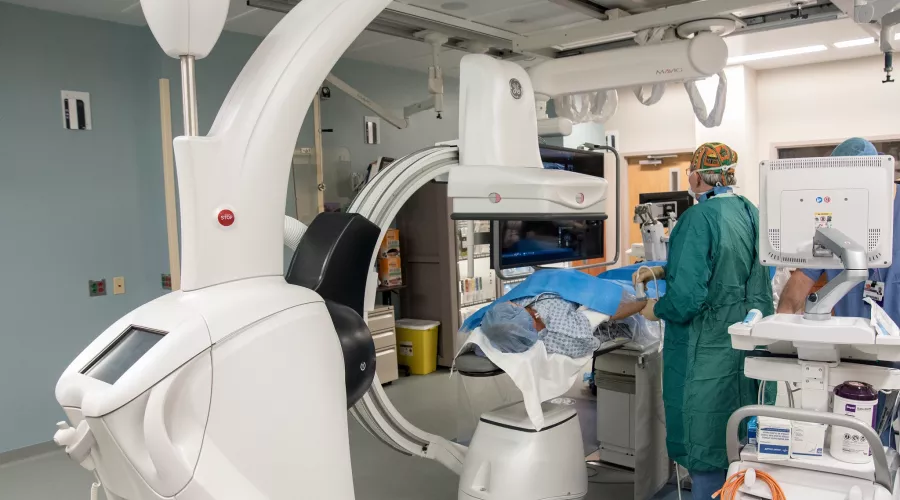
Advanced Optical Imaging
The Advanced Optical Imaging laboratory uses advanced optical imaging techniques (e.g., two-photon spectral microscopy) to investigate intrinsic and extrinsic mechanisms of white matter degeneration in living tissue following trauma to the nervous system. We are understanding the role of microglia, the immunocompetent cells of the CNS, and blood-derived immune cells (neutrophils and monocytes) in central myelinated fiber degeneration following spinal cord injury.
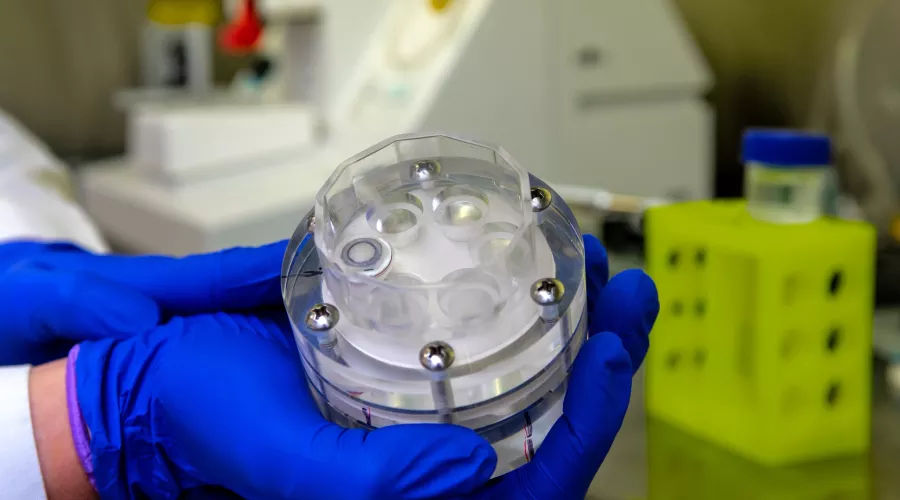
Cellular & Molecular Neuroscience
The Saraswat lab studies various proteostasis network mechanisms involved in the pathogenesis following spinal cord injury. The lab is particularly interested in pathways that involve modulation of integrated stress response signaling in glial cells and cause cell loss and/or neuroinflammation after traumatic spinal cord injury. Techniques used in the lab include neural cell cultures, mouse genetics, in vivo models of spinal cord injury, pharmacological studies, signaling pathways, gene expression/regulation assays, immunohistochemistry and behavioral analyses. The goal of these studies is to elucidate the underlying mechanisms and identify molecular targets for therapeutic intervention after spinal cord injury.
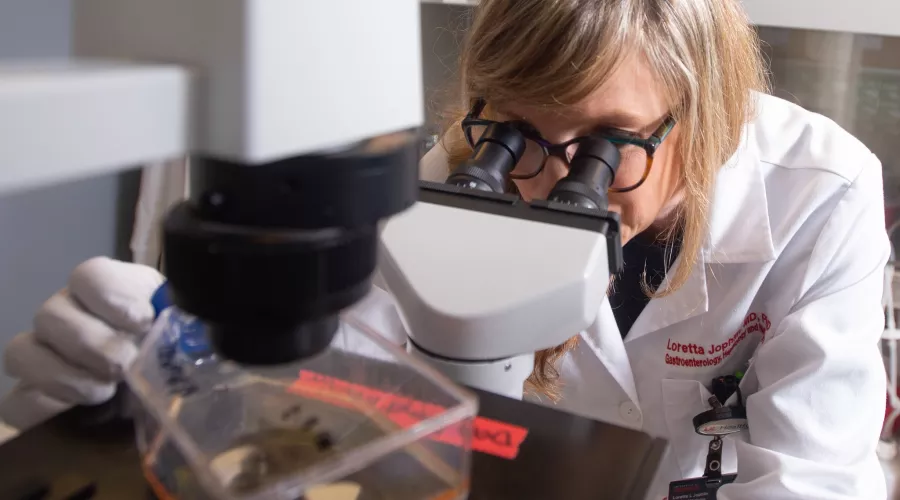
Integrated Neuroscience
Our group is interested in factors that influence the plasticity, regeneration, and repair within the mammalian adult central nervous system for its optimal function during normal aging, disease, and after trauma. We use an integrated neuroscience approach, employing both cutting-edge and classical neuroscience techniques, to uncover the role of vasculature, neuroimmune cells and extracellular matrix molecules in the degeneration, repair, and regeneration processes. We are neuroscientists and engineers working together to discover new mechanisms and insights from pathophysiological changes after trauma and disease of the spinal cord and brain tissue with the goal of improving outcomes for patients.
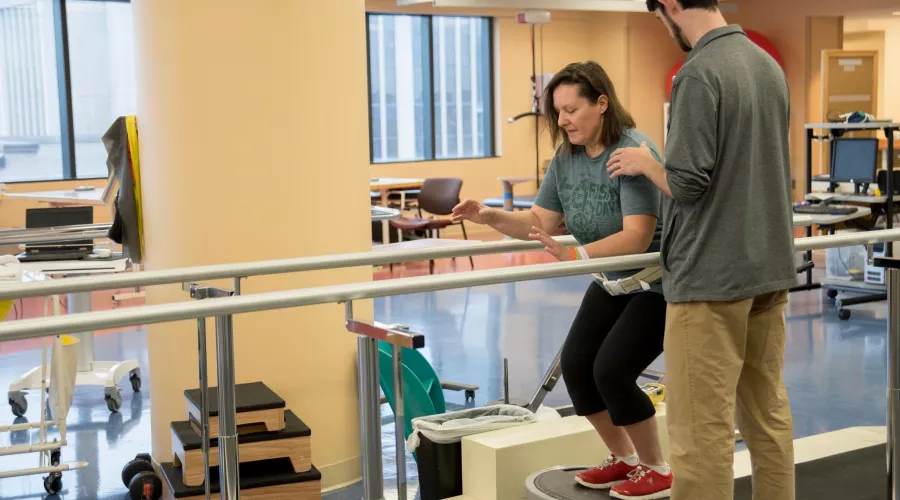
Locomotor Systems and Rehabilitation
Research is focused on the neurons and pathways in the spinal cord that are responsible for locomotion, and on applying what we learn about locomotor systems to spinal cord injury and repair. One of our primary investigations is focused on the long propriospinal neurons and pathways in the spinal cord that link the lumbar and cervical enlargements. A second major project in my laboratory is aimed at gaining a better understanding of activity-based rehabilitation, one of the primary rehabilitation strategies used clinically, that usually takes the form of body-weight supported treadmill training.
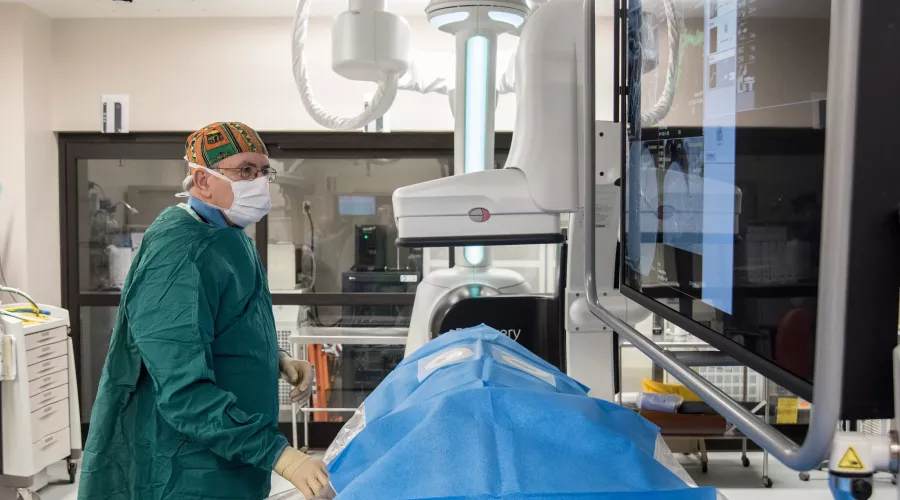
Neural Signaling
The research is concentrated on identification of molecules controlling neuronal and oligodendrocyte survival and growth. Of particular interest are: Area 1- Defining the role of the nucleolus in neuronal health and disease, and, Area 2- Identifying signaling pathways that control neuronal and oligodendroglial cell survival and growth.
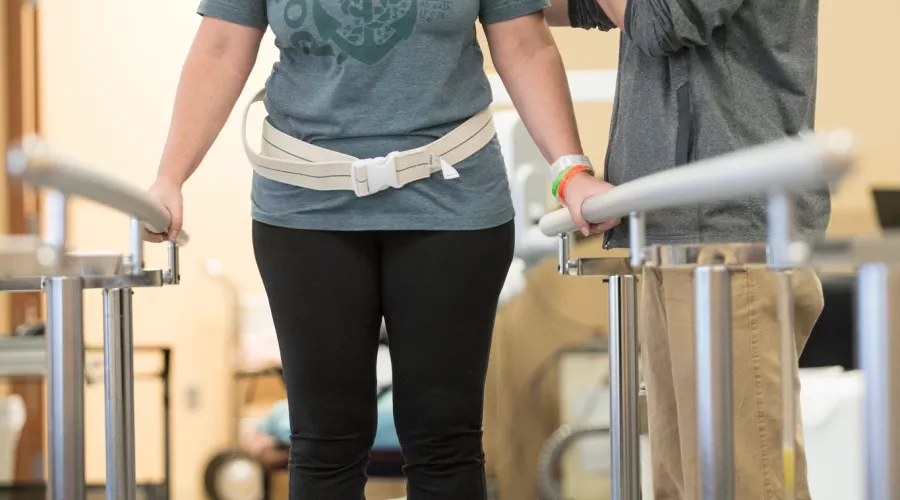
Neural Physiology and Plasticity
We investigate the cellular and molecular mechanisms regulating anatomical and electrophysiological plasticity of neurons, focusing on the peripheral nervous system and spinal cord. We are particularly interested in the interaction between, and co-regulation of, the anatomical and electrophysiological properties of neurons. We study these principles in the context of spinal cord injury and the spinal pain system (particularly in the context of damage to peripheral tissue which is a common and chronic issue for the SCI population and is an etiological factor in the development of chronic pain).
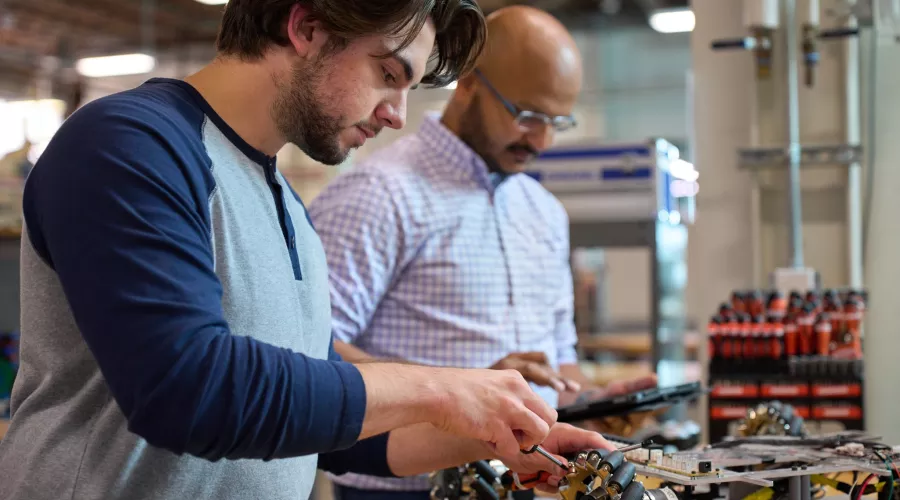
Neurosurgical Outcomes and Translational Research (NOTR)
Research in the NOTR laboratory evaluates neurosurgical outcomes and performs population-based studies using large administrative databases. Databases include VA NSQIP and PTF databases, Marketscan, Medicare, nationwide inpatient sample (NIS), state inpatient databases and cancer registries.
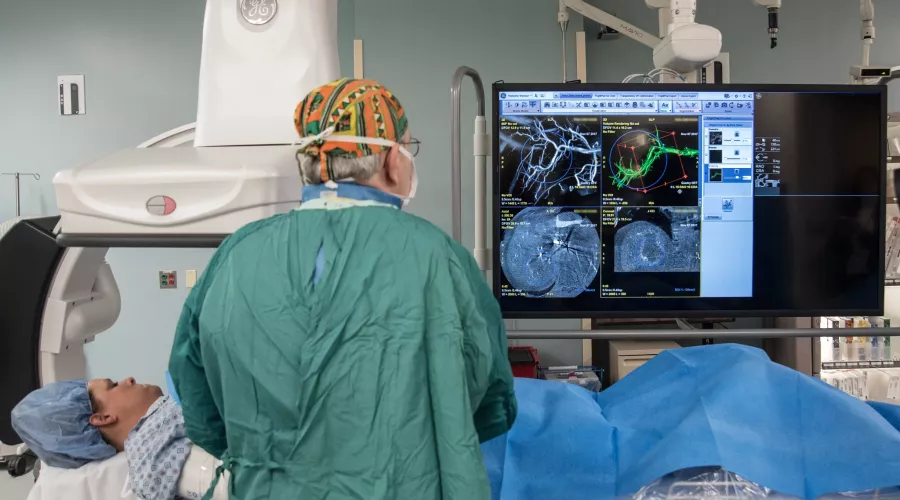
Neural Plasticity, Repair and Functional Recovery
Research is focused on understanding the response of the spinal cord to injury and identifying approaches to enhance repair, plasticity and motor recovery. At the basic science level, we have placed significant effort on the study of the chondroitin sulfate proteoglycan family and an enzyme, chondroitinase abc, which alters their growth inhibitory nature. In addition to cellular and molecular assessments to understand changes in protein expression, spinal circuitry and long tracks, we evaluate functional changes using several approaches including 3D kinematic assessment of locomotion. At the clinical research level, our major focus is on enhancing motor recovery using activity-based interventions.

Neural Repair and Gene Therapy
At the Metcalfe Lab, we are committed to advancing the understanding of neurological recovery after spinal cord injury, with a focus on developing innovative strategies for axonal regeneration. Our research explores gene and protein manipulation, including therapeutic approaches like PTEN inhibition, to stimulate axonal growth and restore function. A key area of our work involves designing and testing adeno-associated viral vectors to deliver these therapeutic molecules. We address critical challenges such as optimizing axonal regrowth, uncovering the molecular mechanisms behind sex differences in recovery, and investigating any potential long-term effects of the therapeutic interventions we apply in spinal cord injury.
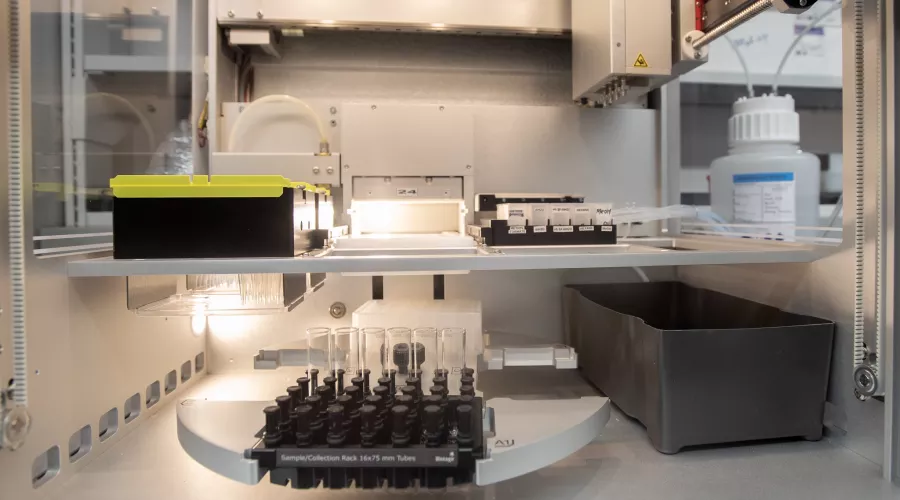
Reprogramming, Regeneration, and Recovery
The Wu Lab is dedicated to developing new ways to repair the spinal cord and restore movement after injury. Our team combines multiple approaches to translate discoveries from basic science into potential treatments. A major focus is in vivo reprogramming - turning support cells in the injured spinal cord into new, functional neurons that can reconnect damaged circuits. We also explore neuromodulation, nanotechnology, optogenetics (using light to control cells), and other strategies to enhance healing and recovery. Our work spans from understanding how neural circuits change after injury to designing therapies that promote regeneration and functional improvement. These efforts include combining cell reprogramming with supportive treatments, such as Schwann cell transplantation, extracellular matrix modulation, and activity-based rehabilitation.
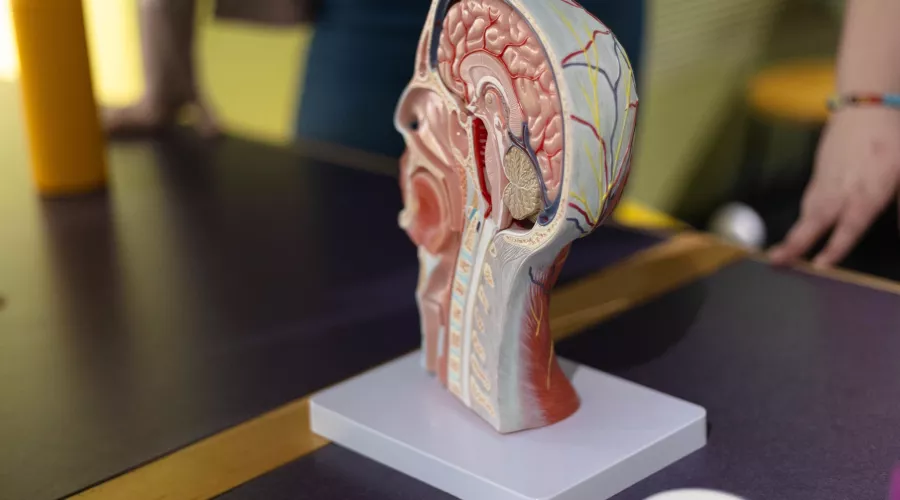
Laboratory of Translational Research
Dr. Hubscher’s research involves a multidisciplinary approach geared toward understanding the circuitries and neural mechanisms underlying urinary, bowel and sexual functions. Our research since the mid-1990’s has focused on the impact of spinal cord injury on pelvic organ functions with the goal of developing more effective therapeutic approaches for translation directly to the clinic. Translational studies since 2014, through collaborations at The University of Louisville’s Kentucky Spinal Cord Injury Research Center at Frazier Rehab Institute, have involved pre-clinical and clinical experiments being done in parallel. Various combinations of neurophysiological, behavioral, immunohistochemical, molecular and neuroanatomical techniques are being used in Dr. Hubscher’s pre-clinical laboratory. Clinical assessments include urodynamics, anorectal manometry, ultrasound of the upper and lower urinary tract, and various internationally standardized questionnaires. We work collaboratively across multiple disciplines that include experts in urology, gastroenterology, neurosurgery, physical medicine & rehabilitatiion, and bioengineering to employ a research driven “Discovery-to-Recovery” approach.
